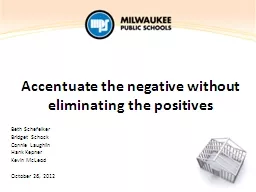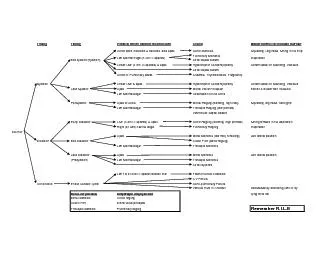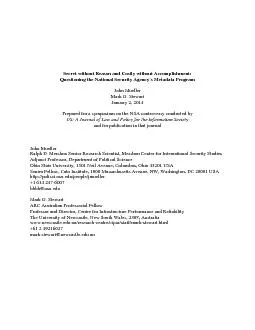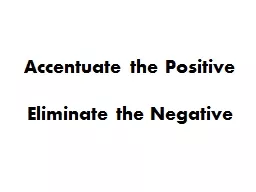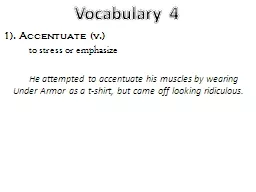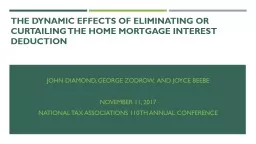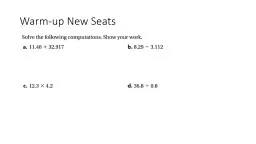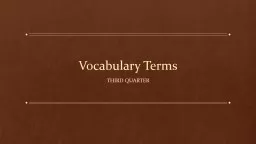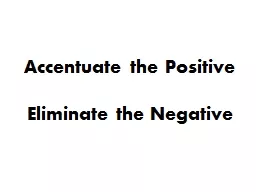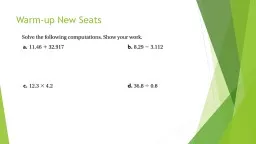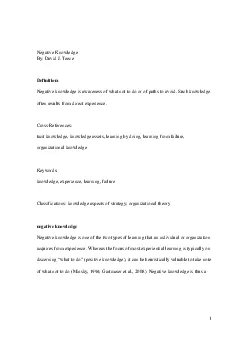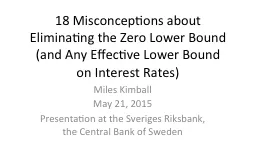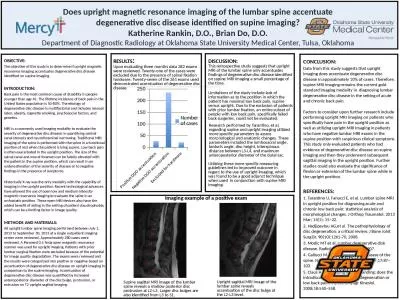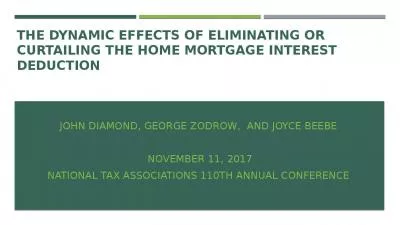PPT-Accentuate the negative without eliminating
Author : danika-pritchard | Published Date : 2020-04-05
the positives Beth Schefelker Bridget Schock Connie Laughlin Hank Kepner Kevin McLeod October 26 2012 Sharing of Professional Practice Turn and Talk Select one
Presentation Embed Code
Download Presentation
Download Presentation The PPT/PDF document " Accentuate the negative without elimina..." is the property of its rightful owner. Permission is granted to download and print the materials on this website for personal, non-commercial use only, and to display it on your personal computer provided you do not modify the materials and that you retain all copyright notices contained in the materials. By downloading content from our website, you accept the terms of this agreement.
Accentuate the negative without eliminating : Transcript
Download Rules Of Document
" Accentuate the negative without eliminating "The content belongs to its owner. You may download and print it for personal use, without modification, and keep all copyright notices. By downloading, you agree to these terms.
Related Documents

